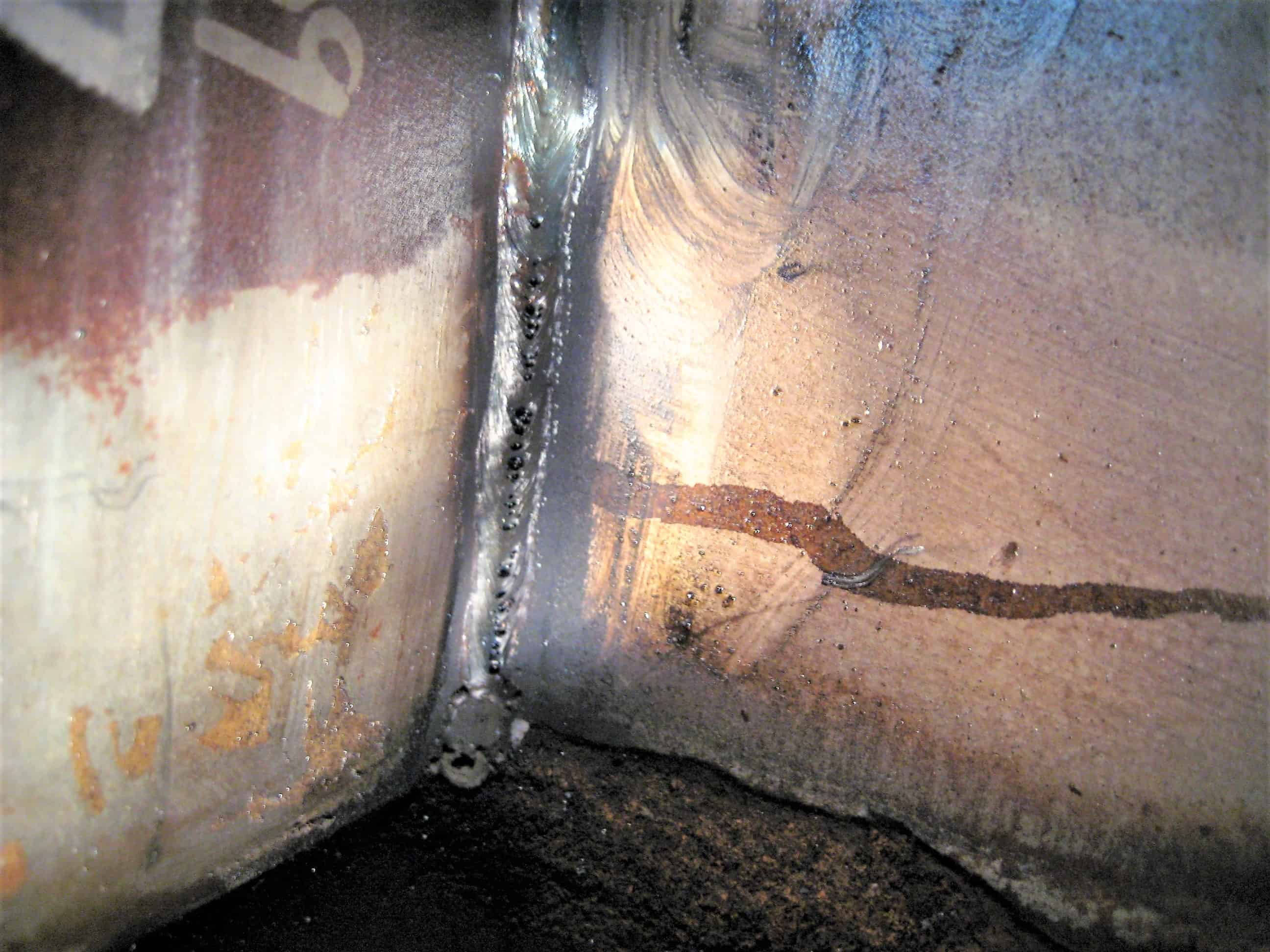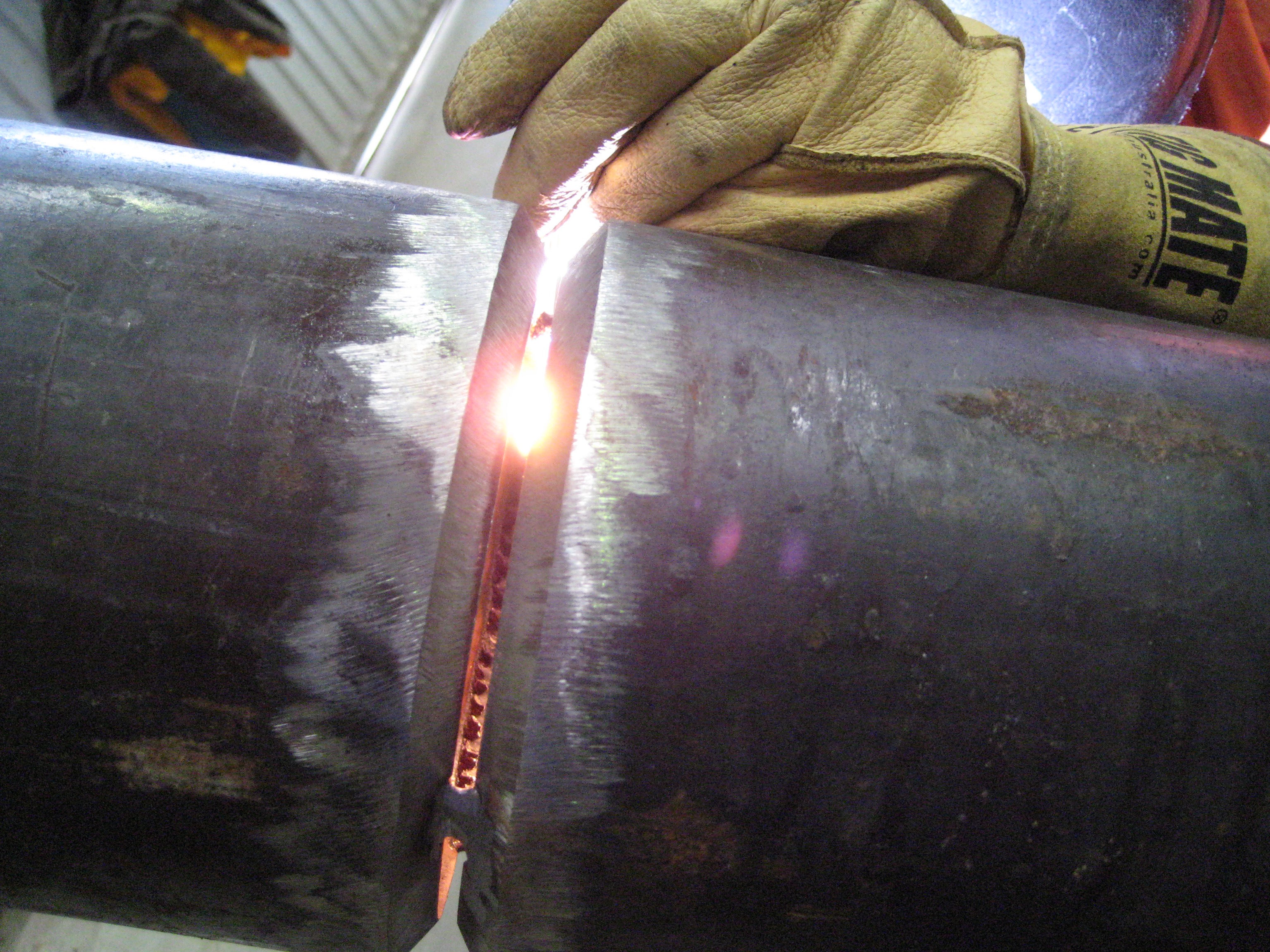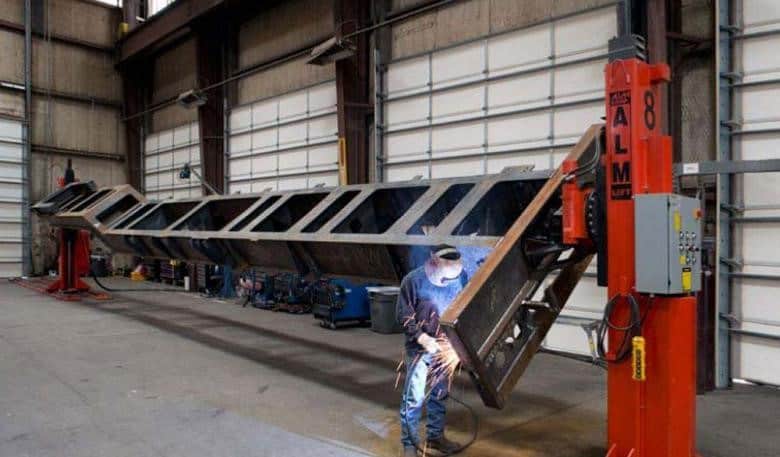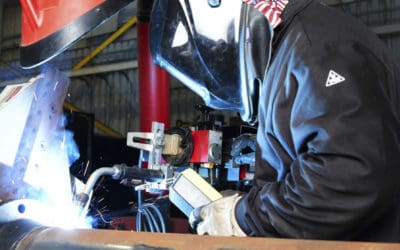The goal of any Australian welding and fabrication company is to create quality products for their customers, while also managing costs and maintaining the desired levels of productivity and quality.
Missed or defective welds can severely affect costs, productivity and quality levels of the company and defects in the welds could also lead to potential safety issues and a loss of company income.
Being able to clearly identify problems early in welding and fabrication activities is crucial — and welding information management systems can help

Detecting problems early
Given that overseas competition can make life tough for Australian fabricators; fabricating quality parts, maintaining high productivity levels all the while seeking ways to reduce costs all become critical factors.
It is therefore important for fabricators and management to consider some of the following questions:
- Is the design overly complex, making it more prone to missed or defective welds?
- Are we able to complete visual inspection – ensuring that all welds are in place and compliant?
- How much risk is our company willing to take that the visual inspection is accurate?
- What are the long-term consequences if a part fails?
In every case, missed or defective welds will lead to cost implications for the company. They could also pose significant safety hazards and even lead to serious personal injury for a site worker or member of the public. The cost implications if a defective weld can result in a failure in the field or in an insurance claim. We all recently heard on the news of the Victorian road sign that fell from its support structure and onto oncoming traffic. So, the earlier in the welding process that companies identify mistakes, the less costly it will be to correct the problem. Generally, the costs of welding fabrication can be identified as:
- Labour: 85%
- Welding consumables: 6%
- Raw materials: 4%
- Gas shielding: 3%
- Utilities: 2%
However, these costs can all go up significantly when a weld is missed or defective.
The methods of reducing these potential cost impacts can be completed during the various stages of the fabrication cycle.
Stage one: welding booth
At this stage, identifying a missed or defective weld is the ideal scenario. A welding supervisor or the welders him/her self can usually spot the missed weld easily and correct the issue. This action would be the most cost-effective method.
Weld defects may pose a slightly more difficult problem as they may require the removal of the weld and its rework. Rework costs would typically be two or three times that of the original fabrication.
Stage two: the shop floor
Fabrications on the larger shop floor and that come together from a series of sub-assembly parts can be visually inspected, with defective welds that are identified or welds that have been missed can be returned to the welding booth if the boilermaker/welder does not have the equipment or qualifications to make adjustments.
If the sub-assembly is large, the company may accumulate downtime for moving it. This will inevitably lead to lost productivity and unnecessary costs. Returning a part to the welding booth could also lead to a welder waiting on a part.
The result is a bottleneck that affects the company’s throughput and profitability.
Stage three: the paint shop
At this stage, and after painting has been completed, the rectification of missed or defective welds that are identified will mean the company will need to remove the paint and return it to the shop floor.
These failures will cause the company to amass extra labour and rework cost, but also for the paint itself. For larger components which require painting all at once, these costs could be significant.
Stage four: final fabrication assembly or site assembly
If a company identifies missed or defective welds in this stage, it will require disassembling the part, removing paint and returning the part to be completely fabricated again. By starting the entire welding process over, costs continue to escalate due to both downtime and labour.
If defects are identified on site, the company might be able to deploy mobile welding equipment to rectify the problem. Correcting a missed or defective weld in this way requires additional labour for an employee dedicated to this site welding, with potential costs of having to use a site welding process (MMAW) and a possible field weld repair procedure. There may also be site induction costs plus the inefficient use of a shop welder. Having mobile welding equipment also requires a capital investment for equipment that is only used periodically.

Stage five: customer identification
If a customer inspection identifies a missed or defective weld, a company could accumulate costs to remove the product and deliver a new one.
In the case of a piece of a heavy fabrication, these costs could be substantial and can lead to warranty claims in addition to having to remove and replace the item. The company’s reputation would be at risk, especially if the problem is reoccurring and becomes known throughout the industry. In some cases, tier one companies who supply welded fabrications could potentially lose job contracts if they generate a poor track record for missed and/or defective welds.
Stage six: insurance claim
Property damage or bodily injury is the most significant consequence of a missed or defective weld. This threat to safety is a very real concern and one that far exceeds the financial ramifications a company could experience as a result. Yet, there are still those financial concerns. Insurance claims can generate significant expenses at this point. Negative — and potentially, permanent — damage to the company’s brand reputation is also possible and could lead to future loss of business and profits. Again, these effects are always secondary to a catastrophic event, but companies must consider them as due course of operating a successful business.
Solution options
For some companies, standard quality control inspections may be enough to protect against missed or defective welds. For example, welding operations with smaller, less complex parts may be easier to evaluate on an ongoing basis. Companies with larger and more complicated welding applications or parts, however, may find the need to implement quality checks throughout the welding process, leading to higher labour costs. Such operations could benefit from alternative other means of quality and cost control.
Advanced welding information management systems are one such option. These systems electronically gather weld data to help companies drive quality and productivity improvements in the welding operation. Among other features, they also provide real-time feedback to the welding operator to help prevent missed or defective welds. Using a human-machine interface (HMI), the system guides the welder through the correct weld sequence and weld placement using visual cues on screen (usually a ruggedised PC monitor), counting each weld as it is completed. Welders must finish each weld correctly and in order before proceeding to the next one.
Advanced welding information management systems also monitor welding outputs to ensure that the welding operator is welding within the weld procedure to create a quality weld. They are capable of tracking multiple factors, including:
- Amperage and voltage
- Gas flow
- Wire feed speed
- Weld duration
Companies can program an advanced welding information management system to respond accordingly if a welder welds outside of the procedure ranges. The system can provide a simple alert or it can disable the welding gun entirely until the welding supervisor or engineer is able to identify the problem and offer a solution.
Many equipment manufacturers can offer welding information management systems. By choosing to monitor weld sequence and parameters, a company that has chosen to invest in such equipment can reduce or prevent productivity loss, product quality failure, and damage to its brand image.
When a company considers that upfront cost compared to the long-term benefits and savings of these systems, the investment starts to make good business sense.



